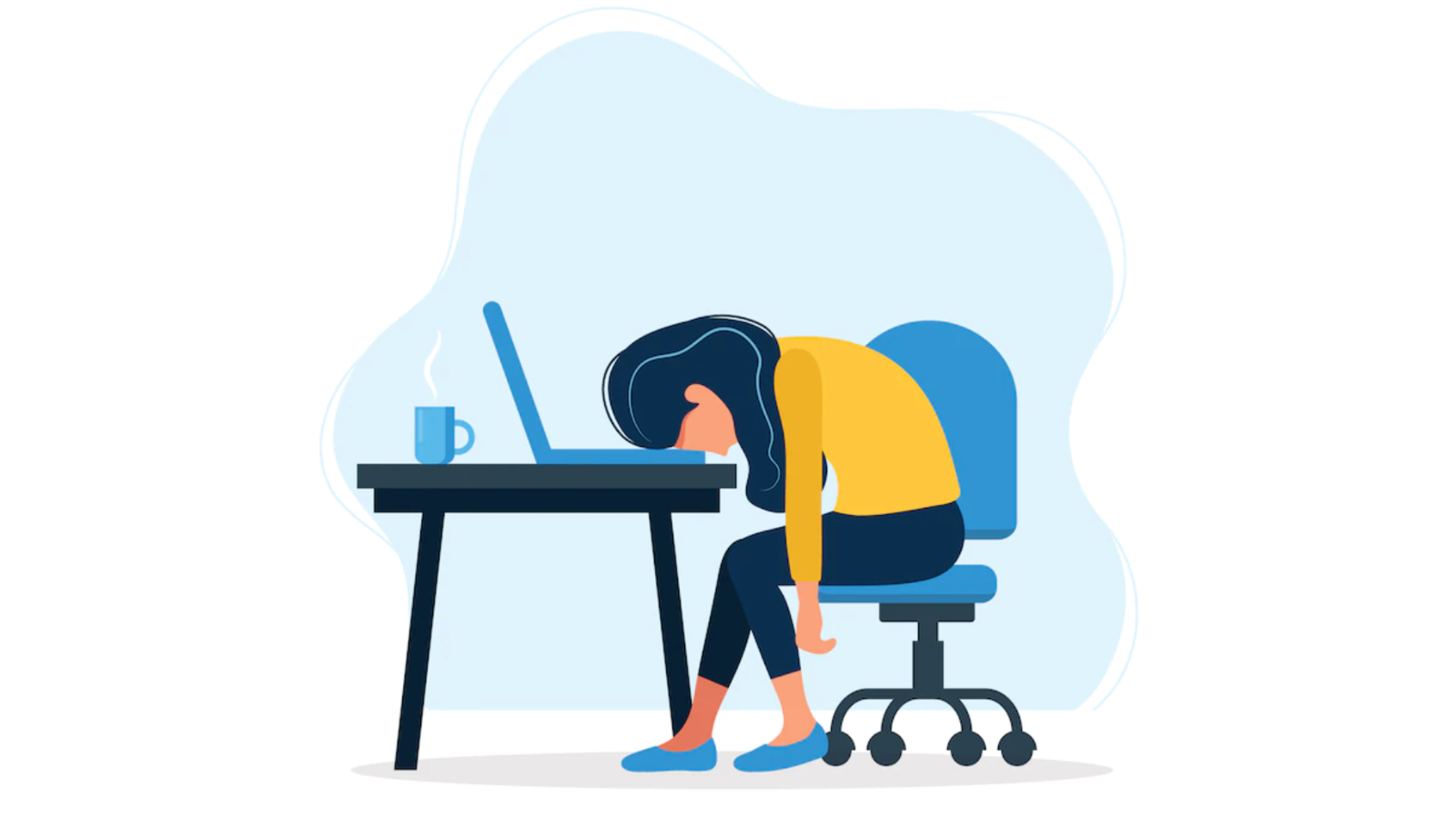
Future of Work Roundup: August 26
A look at “quiet quitting,” plus some stats on how too many meetings are bumming us out.

This week’s Future of Work Roundup includes how even comms giants are challenged by the hybrid work balance, plus what to do to give your people their work-night’s back.
As teams start to shuffle back into the office a couple days a week, employers are trying to navigate the murky waters of how to make that sustainable – and desirable.
And it’s not just you who’s confused on how to proceed.
That means now is the time to upgrade your comms stack.
The bottom line: Employers have to start meeting employees where they are – enabling them to work when, how, and where they choose. Not all comms can or should be live. On-demand streaming and real-time communications that blend live and pre-recorded content is the future of work, and a key way we can keep our hybrid, global teams connected and engaged.
Do you know what times of day you’re most productive? According to a Microsoft study, most people see their biggest spike at 11a, followed by a spike at around 3p, and then… another spike at 10:30p. But, why? It’s likely because of all the meetings we’re on.
Meetings are up, and workdays spill into worknights.
That means we need to rethink the role of meetings in work comms.
The bottom line: Employees aren’t mad about all the meetings; they’re mad about lazy communication tools that turn their workdays into worknights.

A look at “quiet quitting,” plus some stats on how too many meetings are bumming us out.

The future of four-day work weeks, plus why women are quitting more than men.

Six experts forecast the future of work, plus driving higher work performance through closer connections.